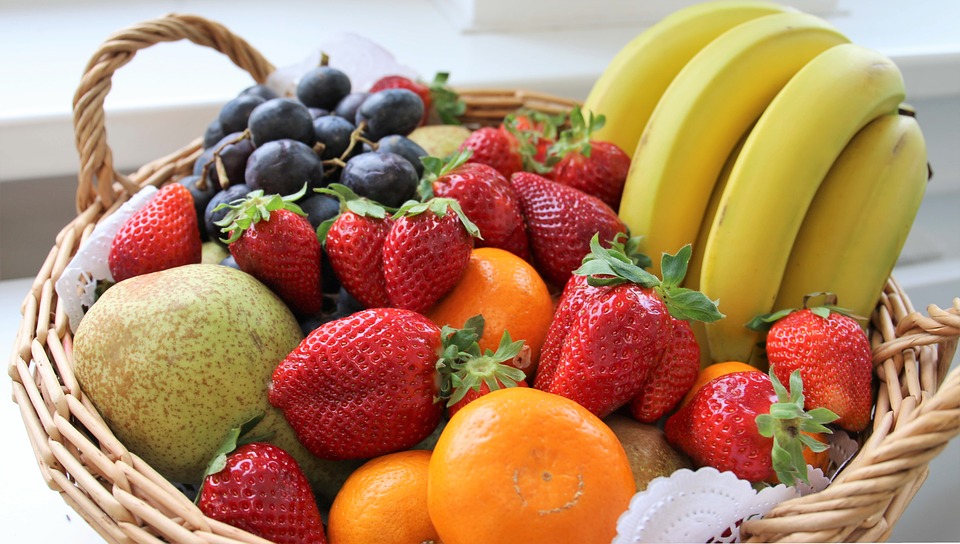Note that your final mark will not be saved in the system.
Fruits and vegetables GapFill
You must fill all the gaps before clicking ‘Check Answers!’

When you’re peeling or cutting vegetables, their surface and insides become exposed to air. Oxygen in the air then reacts with the vegetables in an reaction. Enyzmic browning is an example of this reaction, and occurs when you destroy the structure of plant , causing the cells’ contents to spill out. The enzyme in the cells’ juices, called , reacts with oxygen in the air, and damages substances in plant tissues, causing them to brown. This is negative to the plants’ nutritional value, but on the other hand, helps obtain the desired flavour of products such as , coffee or chocolate. The process is widely present in a number of vegetables and fruits.
Enzymic browning can be slowed down or stopped by:
- the temperature, because the enzymes work more slowly at low temperatures
- using high heat, such as when , because it deactivates the enzymes in food
- adding acid, e.g. lemon juice, as it the enyzmes
- removing , because the process cannot occur without this gas.